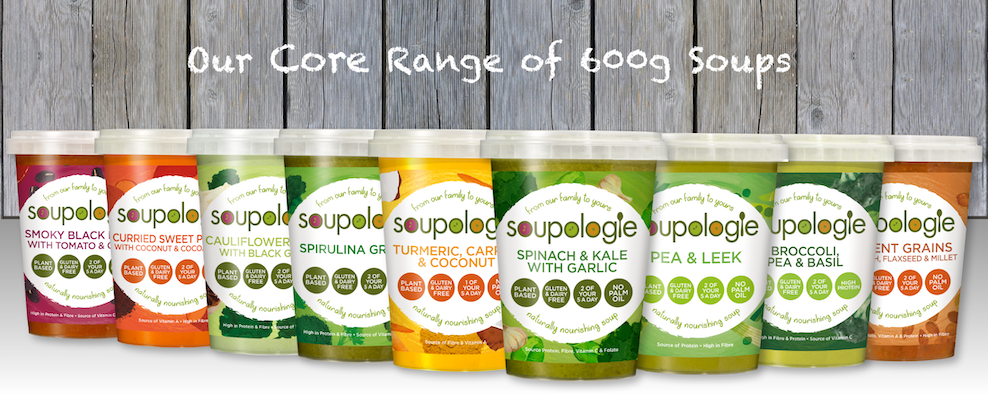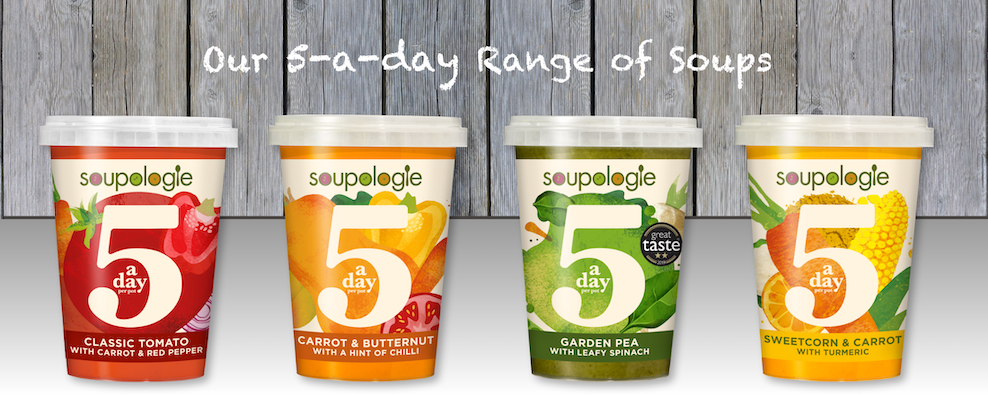Whether you’ve made a batch of your own soup or bought some from the supermarket (bonus points if it’s Soupologie soup woop woop!), it’s always handy to know the best way to store any leftover soup or vegetable stock.
As soup is the perfect make-ahead meal, learning how to properly store, defrost and reheat it is essential. In this blog post, I’ll break down the best ways to keep your soup fresher for longer whether in the fridge or freezer.
1. Cooling down
One way to store soup is in a sealed container. If you plan on storing it in the fridge, fill the container with soup. Then, place in an ice bath so that the water comes just below the lid line. The container should be completely cool before you transfer it to the fridge.
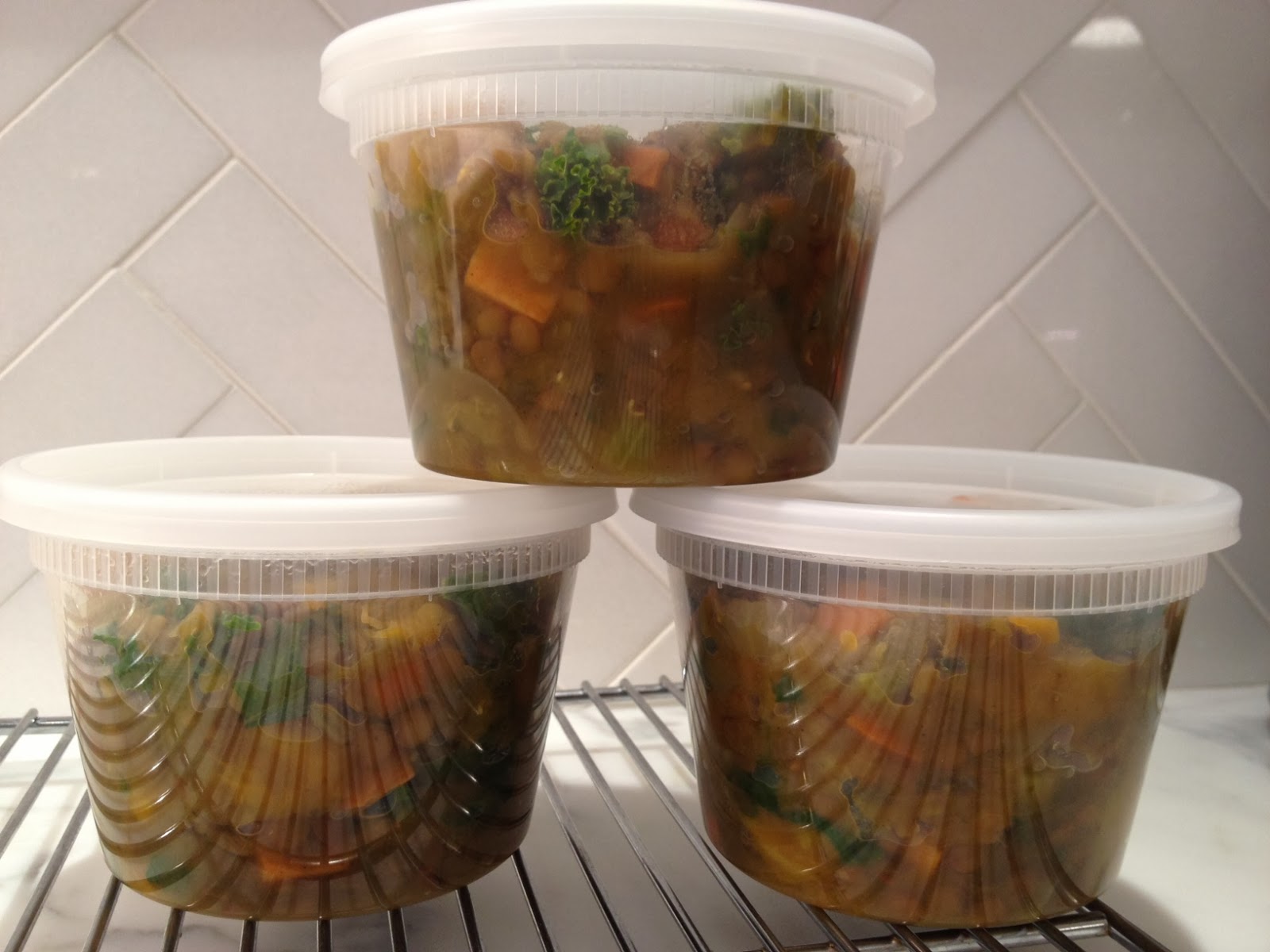
Another way to store soup is in a proper industry-standard soup tub (usually recyclable plastic, BPA-free). If you’re using this method, fill the tub with piping hot soup. Ensure you leave a 3-4cm gap at the top and put the lid on immediately. Place in an ice bath until completely cool. You can now either store this in the fridge or freezer.
If you plan on freezing soups, make sure you leave a 3-4cm gap at the top of the container as liquid expands as it freezes. Also be sure that it is cool before you place it in the freezer – as no one wants the freezer melting!
2. Freezing soup containing pasta, milk or cream
Pasta does not hold itself together well when frozen, defrosted and reheated. If you know you’re planning on freezing a soup like Pasta e Fagioli, it’s best to omit the pasta from the soup and cook it separately. That way you can freeze the soup and avoid any mushy pasta when you defrost it later. The same goes for rice and soft potatoes.
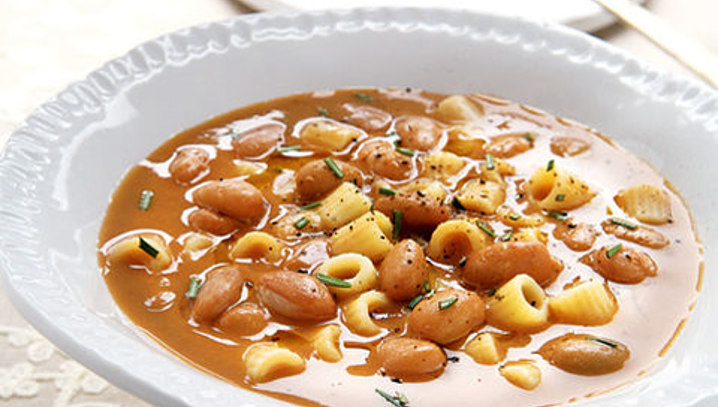
Similarly, when you defrost soups containing milk or cream, the texture can often turn quite grainy and cause the soup to separate. Coconut milk won’t be as affected but it still might not be completely smooth.
If you must add dairy, you’re better off leaving it out of the soup and adding it once the soup has been defrosted and reheated.
N.B. All Soupologie soups are dairy and lactose free, so they freeze, defrost and reheat perfectly!
3. Freezing soups in a glass jar
No more cracked jars! Try this simple method to store your soups in glass containers in the freezer.
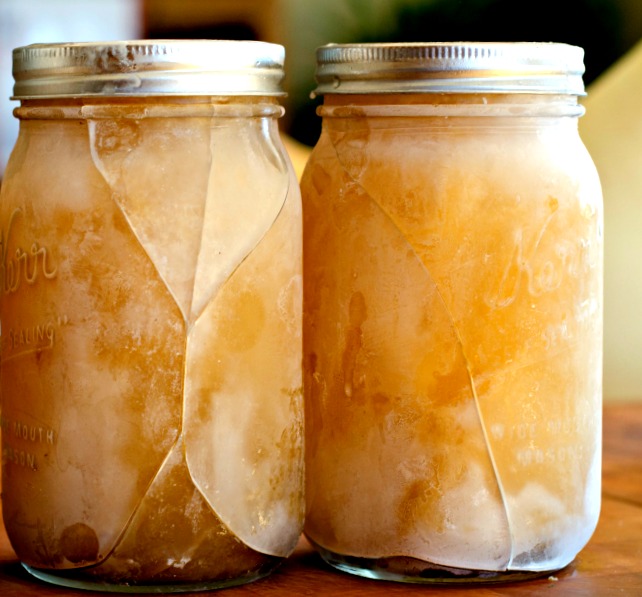
- Firstly, cool down soups before you put it in the glass jar. This will stop the rapid temperature change that often causes glass jars to shatter.
- How much you pour into a glass jar is also important. As many glass jars have shoulders, you want to make sure the soup is filled 3-4cm below the shoulder line. As the soup expands, this should stop your glass jar from cracking.
- Alternatively, you can use jars without any shoulders and just fill up to 3-4cm from the top of the jar.
- Now place the jar filled with soup into the fridge to bring them both down to the same temperature.
- Lastly, screw the lid on the jar loosely and don’t store the jars crammed in next to each other, try and leave a little space between each glass container.
Now that you’re equipped with the knowledge to store soup, may I suggest taking a peek at our supply of healthy, delicious and free-from recipes can be viewed, downloaded and printed out here! Cook along with us by checking out our Instagram stories too!

